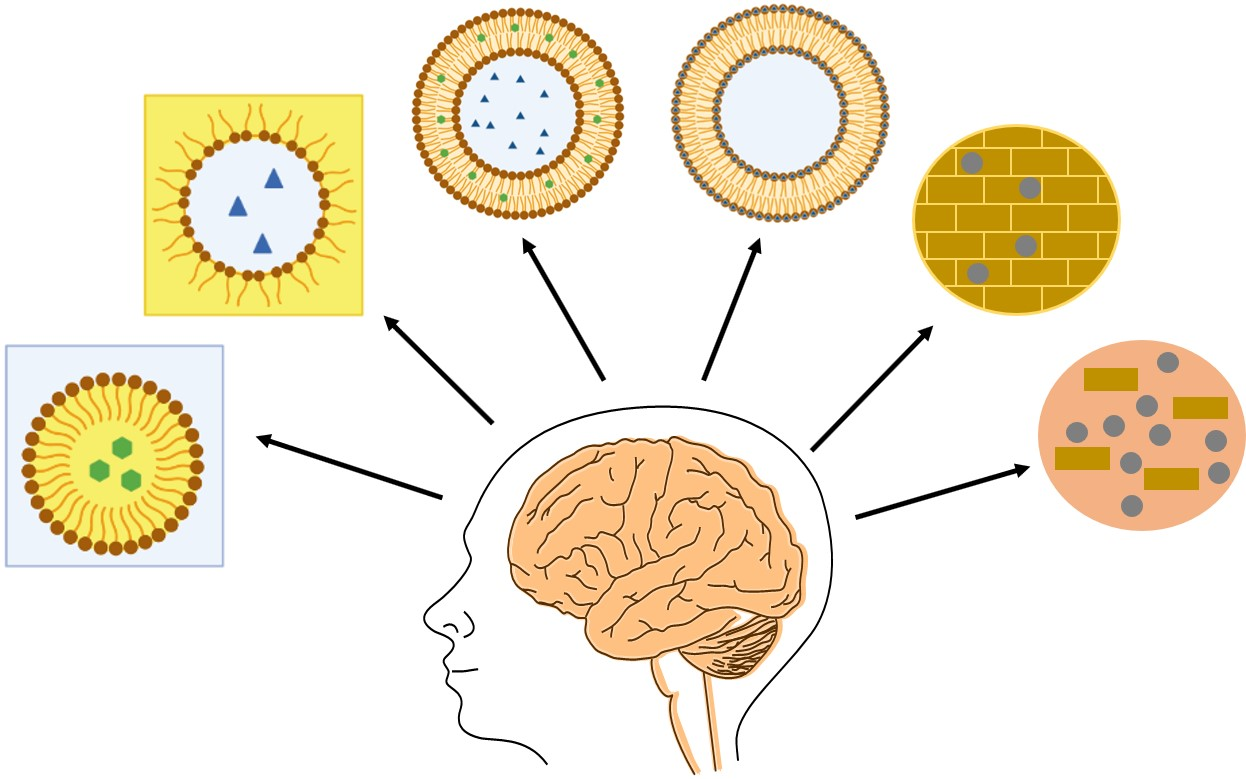Critical Review of Lipid-Based Nanoparticles as Carriers of Neuroprotective Drugs and Extracts

The biggest obstacle to the treatment of diseases that affect the central nervous system (CNS) is the passage of drugs across the blood-brain barrier (BBB), a physical barrier that regulates the entry of substances into the brain and ensures the homeostasis of the CNS. This review summarizes current research on lipid-based nanoparticles for the nanoencapsulation of neuroprotective compounds. A survey of studies on nanoemulsions (NEs), nanoliposomes/nanophytosomes and solid lipid nanoparticles (SLNs)/nanostructured lipid carriers (NLCs) was carried out and is discussed herein, with particular emphasis upon their unique characteristics, the most important parameters influencing the formulation of each one, and examples of neuroprotective compounds/extracts nanoencapsulated using these nanoparticles. Gastrointestinal absorption is also discussed, as it may pose some obstacles for the absorption of free and nanoencapsulated neuroprotective compounds into the bloodstream, consequently hampering drug concentration in the brain. The transport mechanisms through which compounds or nanoparticles may cross BBB into the brain parenchyma, and the potential to increase drug bioavailability, are also discussed. Additionally, factors contributing to BBB disruption and neurodegeneration are described. Finally, the advantages of, and obstacles to, conventional and unconventional routes of administration to deliver nanoencapsulated neuroprotective drugs to the brain are also discussed, taking into account the avoidance of first-pass metabolism, onset of action, ability to bypass the BBB and concentration of the drug in the brain.
Download the full article here: Critical Review of Lipid-Based Nanoparticles as Carriers of Neuroprotective Drugs and Extracts
or continue reading here: Fernandes, F.; Dias-Teixeira, M.; Delerue-Matos, C.; Grosso, C. Critical Review of Lipid-Based Nanoparticles as Carriers of Neuroprotective Drugs and Extracts. Nanomaterials 2021, 11, 563. https://doi.org/10.3390/nano11030563

